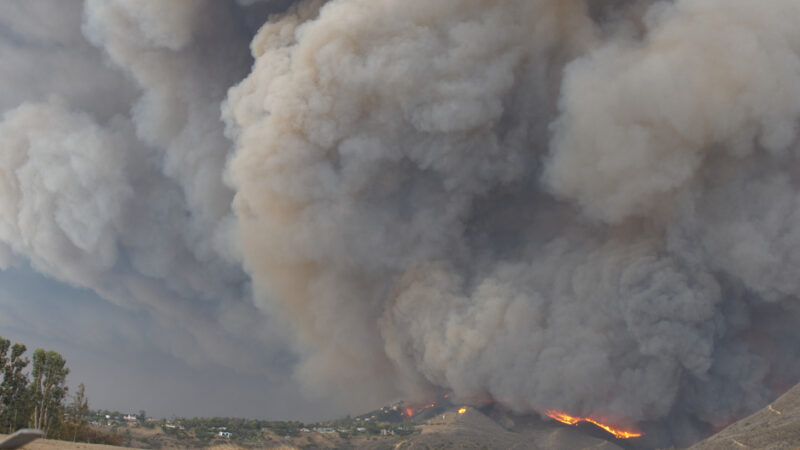17 million people – roughly half the population of California, live in the South Coast Air Basin of Southern California. These residents, living in major portions of Los Angeles, Riverside, San Bernardino, and Orange Counties, suffer the worst air quality in the nation. Throughout the basin, a notable culprit of pollution is PM10 – airborne particles whose diameters are less than 10 micrometers. Measuring less than the width of a red blood cell, PM10’s minuscule size makes it lethal for human and environmental health; particles easily permeate tissue membranes and can disrupt the functions of major organ systems, leading to health effects ranging from aggravated cases of asthma, to respiratory failure, early on-set Alzheimer’s disease, heart attacks, and critical developmental issues. PM10 can have significant environmental impacts as well, as the particles can block photosynthetic structures in plants, damaging crops and ecosystems.
With such high stakes, PM10 must be monitored and managed efficiently. But the South Coast Air Quality Management District (South Coast AQMD), the California state agency responsible for controlling emissions from pollution sources in the basin faces a constant struggle to ensure federal standards designed to protect the health and safety of its residents are met. One particular challenge facing the South Coast AQMD is that, in addition to the many sources that contribute to PM10 pollution on a daily basis, exceptional events – events caused by external, ungovernable factors such as wildfire smoke, fireworks associated with cultural events, and most notably, high winds – often occur and cannot be controlled by the district. As a result, these exceptional events are red herrings for policy enactment and must be subtracted from thresholds used to trigger control measures (called contingency measures). In partnership with the South Coast AQMD, our Practicum team aims to streamline the recording process of air quality events which exceed the federal PM10 standard. Our main objective is to distinguish “exceptional” PM10 exceedance events, or measurements that exceed the federal standards, from other PM10 exceedances that can be mitigated through policy. We plan use and develop an analytic MATLAB tool to create software that synthesizes meteorological, satellite, and other forms of data to summarize the causes of a PM10 exceedance. This will help air quality analysts to isolate exceptional events, dedicate productivity to the exceedances they can control, and deploy measures necessary to protect the public from PM10.
Student Team: Nicole Cano, Yajaira Duran, Minseok Han, Jasmine Son, Julia Lok, Steven Hong, and Ivana Munguia
Client: South Coast Air Quality Management District
Advisor: Professor Pablo Saide

